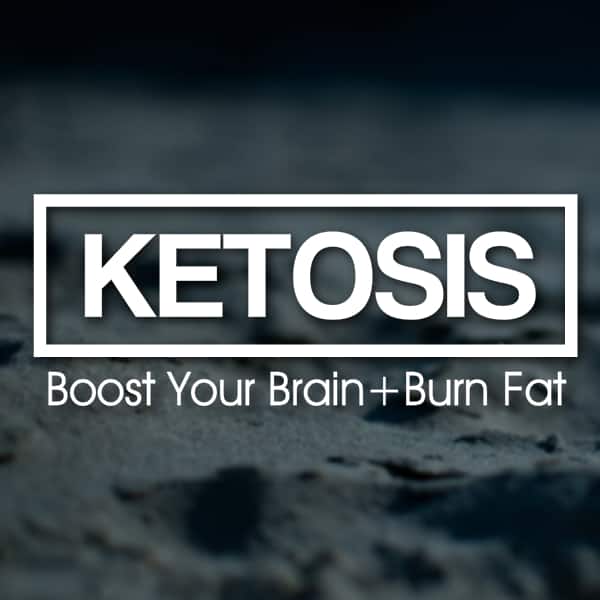Brief Overview
A ketogenic diet is a way of eating that promotes a state of ketosis in the body. Generally speaking a ketogenic diet will have the following macronutrient ratios:
- High Fat – 60%-80% of total calories come from fat.
- Moderate Protein – 15%-35% of total calories come from protein.
- Low Carbohydrate – 5% or less of total calories come from carbohydrates.
Everyone’s macronutrient breakdown will be different and depends on a variety of factors. Reference our Keto Macro Calculator to figure out what yours are!
Eating in accordance with these macronutrient ratio’s will deplete your body of glucose and force it to start producing ketones. Your body will then use these ketones for energy.
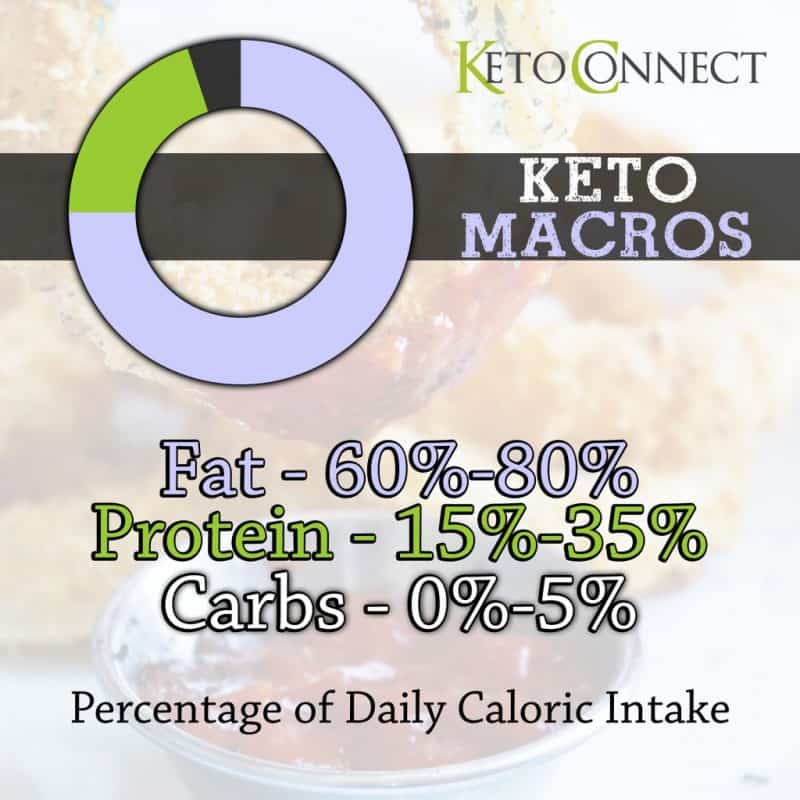
What is Ketosis
Ketosis is a metabolic state in which some of the body’s energy supply comes from ketone bodies in the blood, in contrast to a state of glycolysis in which blood glucose (sugar) provides most of the energy.
With the abundance of high carbohydrate foods available in modern times, virtually all human beings that don’t make a concerted effort to restrict carbs are always in a state of glycolysis. There are a number of reasons why ketosis is beneficial when compared to glycolysis, which we will get into later.
What are Ketones?
Ketones are the fuel source your body is running on when it’s in a state of ketosis. They are produced in the liver when glycogen is depleted and are characterized as a slower burning fuel source when compared to glucose.
Insulin and Keto
This is where the magic happens. Eating a high carb diet means you’re always producing insulin to transport the glucose around your body. The fat can just sit around and watch because insulin is doing all the work. The fat is eventually stored, which leads to weight gain.
In a state of ketosis your body will begin breaking down fat in the liver and converting it to ketones, which it will then use for energy. A byproduct of this is that insulin levels will remain stable, making it much harder to store excess fat. Not only will this allow you to maintain your weight, but it will greatly encourage weight loss.
Benefits of a Ketogenic Diet?
- W
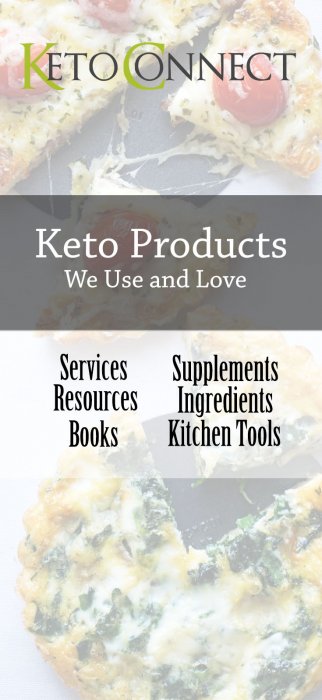
eight Loss
– This is the reason most people start a ketogenic diet, and for good reason. Transitioning to running on fat will greatly aid in weight loss as well as make intuitive eating easier. Here is an interesting study on the Ketogenic Diet Vs. Calorie Restriction.
- Cholesterol – The myth that dietary fat equates to rises in cholesterol is just that, a myth! In fact, the opposite is true. Keto diets have been shown to improve cholesterol levels.
- Energy – Once you make the shift to burning fat as your primary fuel source you’ll notice increased, stable energy throughout the day. No more ups and downs in energy levels!
- Hunger – Eating a diet high in fat will leave you feeling more satisfied. Calorie restriction(while not necessary) will be easier when eating a high fat diet.
- Blood Sugar/Diabetes – Many studies have shown the ketogenic diet to have positive effects on blood sugar levels and diabetics.
Getting Started
Getting started on a ketogenic diet can be intimidating. For most people this is a drastic shift in their eating habits and can be overwhelming. The good news is you don’t need to know everything before you start. You want to have a good base of knowledge so you can make an informed decision, but don’t overthink things! You’ll learn as you go.
- Ask Your Doctor – This is essential before starting! We’re not doctors and are only sharing our knowledge and experiences to help others with their journey.
- Calculate Your Macros – Use our calculator to find out the ideal macronutrient split for your body.
- Start Eating a Keto Diet – If you’re confused on where to start you can reference our Keto Basics Shopping List, or our YouTube channel where we share meal ideas and “Day of Eating” videos. It’s recommended to start by eating less than 20g of net carbs for the first month.
- Brace Yourself – Be ready for the “Keto Flu”! A lot of changes are happening in your body and you’re going to feel it! The first 5-7 days can be pretty rough, but your body is getting over it’s dependency on sugar. Stay the course and you’ll start feeling better in no time!
- Don’t Calorie Restrict – While adapting to a keto diet it may help you adjust by not restricting your calories, even if your only goal is weight loss. Calorie restriction will be easier, and even happen naturally, when your body becomes more accustomed to the diet.
- Keep Protein Moderate – This is often overlooked by people just starting keto. Protein will induce an insulin response in the body if consumed in high amounts. We want just the right amount. This is a high fat diet, not high protein!
- Don’t Be Afraid – Of fat that is! Make the paradigm shift in your mind. It’s tough to overcome the low-fat indoctrination we’ve all gone through, but make an effort to do it! Fat is good and should be consumed in high amounts on this diet.
Here’s a couple of our most popular YouTube videos that give an idea of how to start a ketogenic diet. We release new videos 3 times per week ranging from cooking, to grocery shopping, to taste testing new keto snacks.
Macronutrients and Keto
The general guideline for keto is high fat, moderate protein, low carb. So what exactly does that entail?
L
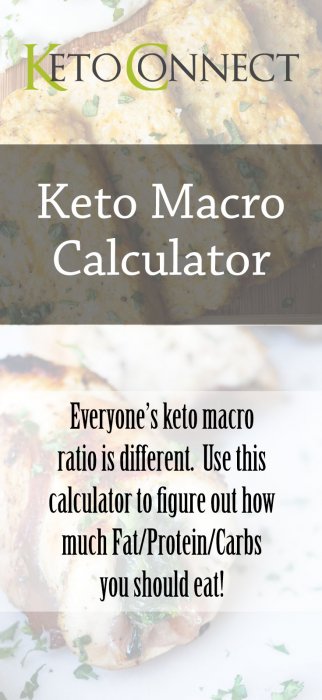
ow Carb
This is the one people tend to focus on the most. Carbs are going to make up less than 5% of your caloric intake. For getting started less than 20g daily is recommended. Before we go any further we have to cover how we calculate carbs when following a keto diet.
Net carbs are what we track when following a ketogenic diet. This calculation is pretty straightforward. Net Carbs = Total Carbs – Fiber. For example, 1 cup of broccoli has 6g of total carbs and 2.4g of fiber. That would mean 1 cup of broccoli has 3.6g of net carbs.
Why Do We Use Net Carbs?
Net carbs are used because dietary fiber does not have a significant metabolic effect. We are trying to get as accurate of a picture as possible when tracking macros, therefor net carbs is what makes the most sense.
What Does 20g of Net Carbs Look Like?
If you want a more visual representation you can watch our Day of Eating video where we eat 20g of net carbs. Your daily 20g of net carbs should ideally be coming from vegetables. A couple servings of leafy green veggies as well as 1-2 servings of cruciferous veggies like broccoli or cauliflower. You’ll also be picking up trace carbs throughout the day in things like dairy and seasonings. Trace carbs are items that are very low carb(often even listed as 0 carb on the nutrition label) but add up to a couple of carbs per day when tallied up. The remaining daily carbs might come from a handful of nuts or a new keto dessert recipe you wanted to give a try.
The Golden Ratio
A good ratio to go by when keeping tabs on your daily carb intake is the following:
This ratio is a good way to gauge if something is “keto friendly” or not. Of course there are exceptions, like most vegetables, but this ratio works for just about anything that comes in a package. If it isn’t delivering a whole lot of vitamins and minerals and it doesn’t fit this ratio, it’s probably not a part of a solid keto diet!
Moderate Protein
This is the most often overlooked aspect of a sound keto diet. When removing carbs from the diet, it is easy to replace them with protein. That is not a ketogenic diet! It is important to remember that a percentage of the protein consumed will be converted to glucose, so eating a high protein diet does not promote a state of ketosis. You want to view protein as a minimum requirement. Every day you should be looking to hit your protein target, but you should be just as sure to not exceed it by too much. Sure, going 20% over isn’t a big deal, but if you’re doubling your protein target everyday you’re going to have problems getting into a consistent state of ketosis.
What’s Moderate?
Moderate is between 0.6 and 1.2 grams of protein per pound of lean body mass. This can be a little confusing, so just use our macro calculator and it will do all the heavy lifting for you.
Lean body mass is calculated by taking your current weight and subtracting your body fat %. The daily protein goal of a ketogenic diet is based on lean body mass because fat mass does not take protein to maintain. The 0.6g-1.2g number is based on your activity level. If you’re sedentary you’ll be closer to the 0.6g number. You want to hit this goal as much as possible to prevent muscle loss.
High Fat
The high fat aspect of this diet is what pulls it all together. Fat is what makes you full, gives you energy(when in ketosis), and tastes delicious. Weeks of eating a high fat diet has a way of naturally correcting eating patterns to better align with when your body is actually hungry. It’s easy to get caught up on the “low carb” part of this and not give enough attention the the “high fat” part.
What’s High?
For most people this figure should be north of 70% of daily calories. A good way to approach things is to start by keeping carbs low, often under 20g per day. Next you want to make sure you’re hitting your protein goal. Once those 2 are covered you can fill in everything else with fat. The approach we like to recommend is to eat fat until you’re full, once the other 2 macros are met. At first you may be overeating calories, but overtime the low carb, high fat way of eating will auto correct that.
How Do I Get To 70% Fat?
It can definitely be a tough task at first, but it gets easier over time. Here are some quick and easy ways to up your fat:
- Buy Fattier Cuts of Meat – Simple right? Switch from chicken breast to thighs/wings/legs. Go for the 80/20 ground beef instead of the 99% lean. Bacon is your friend. Your crispy, delicious friend.
- Add Fat to Veggies – Don’t like broccoli? Try drenching it in butter or cheese! Seriously, start viewing veggies and sponges for all the delicious fats you’ll be eating on the regular.
- Fat Bombs – Fat bombs are small, pre-made snacks that pack in a lot of fat and very little protein or carbs. These are a great way to up your fat intake if you’re struggling.
- 21 More Ideas – Here is a YouTube video we made detailing 21 ways to get more fat into your diet. Check it out for more ideas.
We really want to drive home this point. Keeping your fat intake high makes everything easier. It contributes to your energy levels, keeps you satiated, and helps automatically correct a lot of bad eating habits you might have picked up over the years.
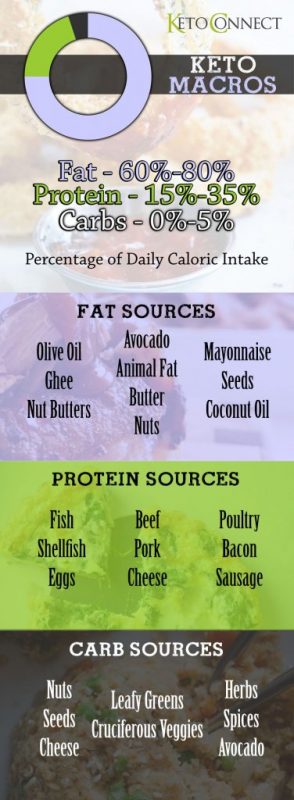
Still Feeling Overwhelmed?
If you’ve been reading about a ketogenic diet for a while and are still feeling overwhelmed, we’ve created a Ketogenic Diet Quickstart Course just for you! The course was designed with a single goal in mind. To take a person from very little understanding of a ketogenic diet, to having a strong understanding of the diet in no time! The course covers all the basics, frequently asked questions, tips and tricks from our extensive experience, as well as our best recipes. Also included is a 14 day meal plan and an action plan for getting you started.

Resources To Get You Started
- Keto Connection Facebook Group – This is a great community of like minded people working together to help everyone succeed. Make use of this group for accountability, motivation, or even just for sharing recipes and asking questions.
- Keto Products – If you’re curious about the products we use on a daily basis you can check out our recommended products page.
- Our YouTube Channel – We work hard to provide as much useful info and delicious recipes as we can on our YouTube Channel. Be sure to check it out! We release 3 videos every week and they’re all keto related.
- Macro Calculator – This is an invaluable resource. Our macro calculator will show you the exact amount of calories, as well as fat/protein/carb breakdown that you should be eating every day.
A low carb, high fat diet can be intimidating at first, but it is a truly empowering way of life once you get used to it. If there is anything not covered in this post that you still have questions about, feel free to comment below and we will do our best to answer you. Subscribe to our weekly newsletter for keto recipes delivered to your inbox on a weekly basis. What could be better?
OnKeto.com is a news aggregation service that brings you best of world articles to you for your consumption.
Author: None
Author URL: None
Original Article Location: https://www.ketoconnect.net/ketogenic-diet/
